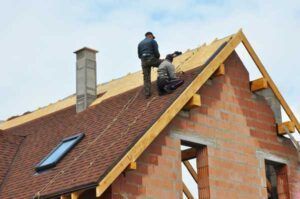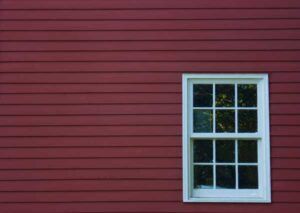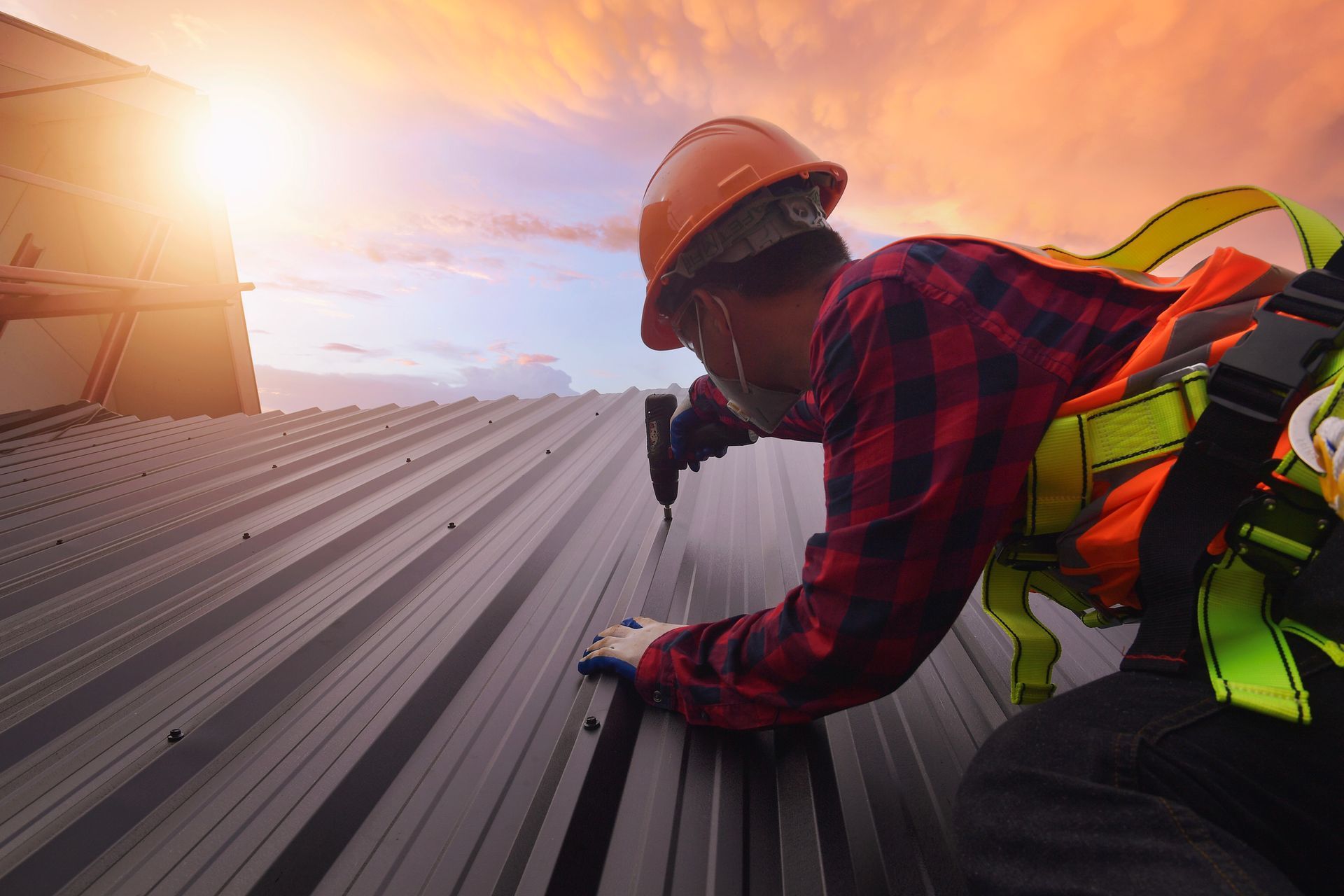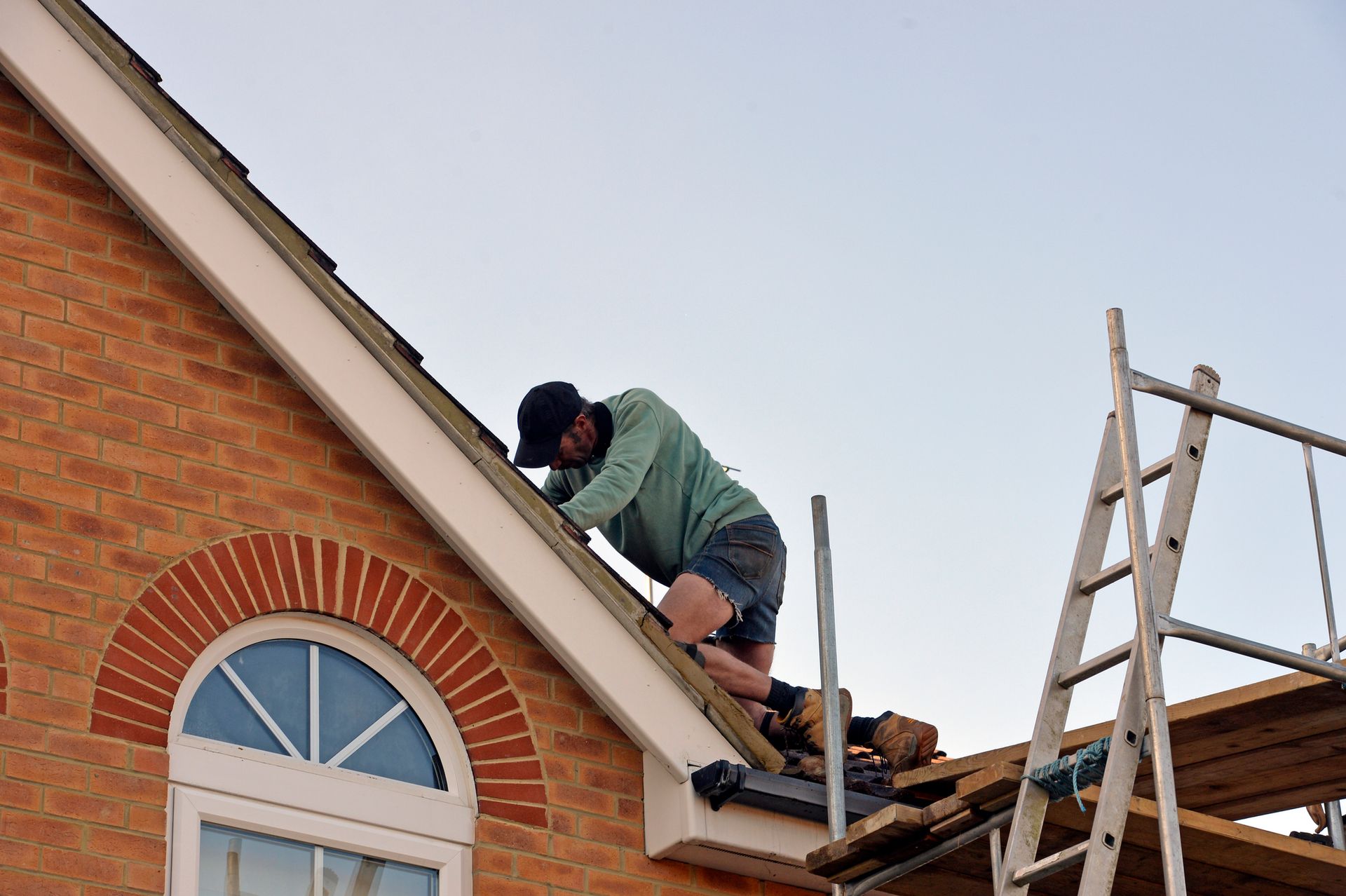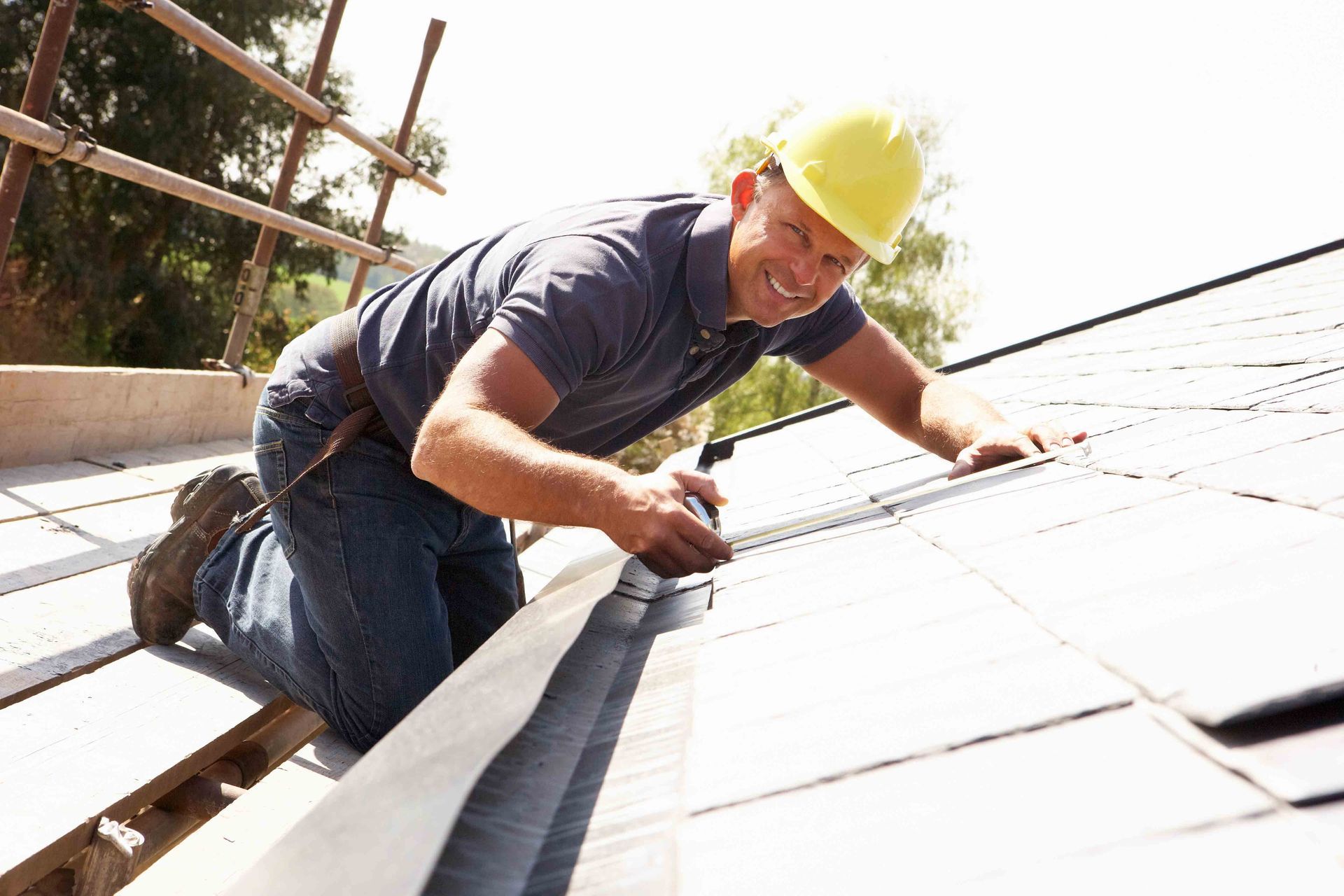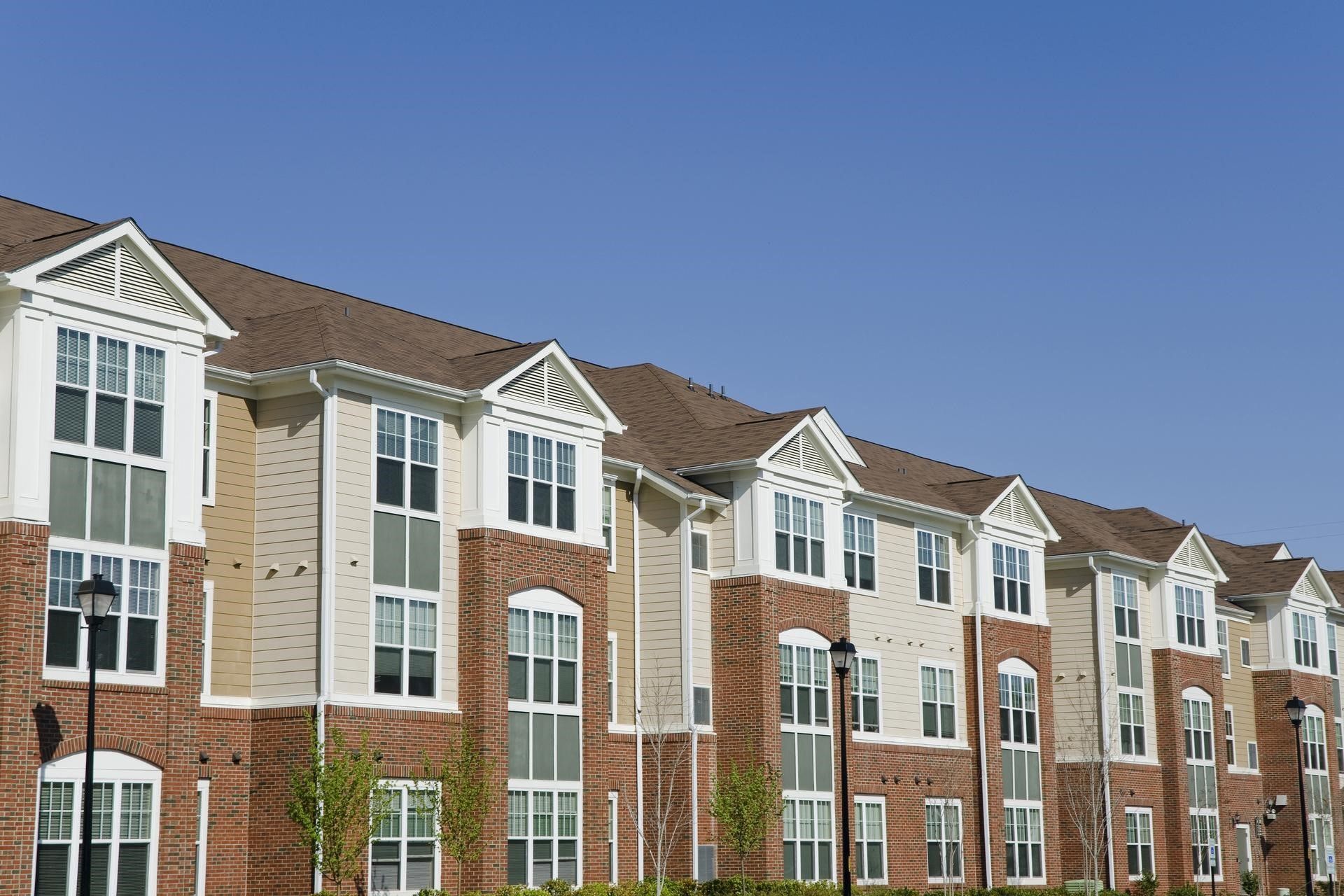4 Potential Reasons for Spots or Streaks on Your Roof
Sometimes when you look up on your roof and see a dark spot, you immediately know that it’s the result of a missing shingle. Other times you may look up and see spots on the roof whose underlying causes aren’t so immediately obvious. Learn four reasons you could have spots or streaks on your roof.
- Patchy Bald Spots: Missing Granules
When the granules on your roof wear away, the asphalt layer beneath is exposed. This may appear as bald spots that are patchy-looking and either dark or shiny. Some reasons the granules could be wearing away include:
- Old age
- Low-quality roofing product
- Damage from pressure washing
- Damage from moss, lichen, or falling debris
Typically, the protective granules on the roof wear away slowly, with a few showing up in the gutters and downspouts with every storm. But if they’re coming off so fast that you see bald spots, you need to get your roof replaced. The exposed areas have no protection from UV rays, meaning they’ll soon start to flake away and allow water through to the underlayment.
- Dark Spots and Streaks: Blue-Green Algae
A roof with dark spots and streaks (typically black or dark brown or gray) is most likely under the influence of a type of blue-green algae. You can choose between several solutions to this problem, such as cleaning the algae off with a chemical wash or choosing shingles with copper granules for your roof replacement.
A roofing company can help you install more algae-resistant shingles. Or, if you don’t have the budget for a roof replacement, the contractor can apply chemicals such as chlorine bleach or oxygen bleach and add flashing strips to your roof. These solutions will help decrease the algae growth in the future.
- Light Gray Spots: Lichen
Lichen typically grows in small clumps that appear as spots on your roof. It tends to have a light to medium gray or gray-green color. Lichens are more tolerant of sun and dry conditions than moss is, so simply making sure that your roof isn’t shaded won’t prevent lichen. As with moss, though, prevention is better than removal.
Any attempt to simply scrape lichen off will bring many protective granules off the roof too. So if you do want the lichen removed, be sure to hire a professional who can carefully use a treatment such as a biocide or silicone treatment to kill the lichen.
Fortunately, lichens, like moss and algae, are vulnerable to metals such as copper and zinc. So moss-resistant roofing materials or strips of flashing can prevent both lichen and moss.
- Dark Streaks: Extractive Bleeding
Sometimes, when you have dark streaks dotting your roof, the issue is not algae but rather a defective roofing product. The streaks are caused by something called extractive bleeding, which is a little bit like when you wash new clothes and the dye bleeds out onto other clothing items.
The part of the roofing material that’s bleeding out is called the bitumen. It’s supposed to be mixed into the asphalt layer of the shingles, but sometimes a bit escapes over time and runs down the roof, causing dark streaks. The bad news is that you can probably only fix this issue by installing higher-quality shingles next time.
The good news is that unlike lichen and algae, extractive bleeding is considered purely cosmetic and you don’t need to do anything. But how can you tell the difference between lichen and extractive bleeding? Algae will typically grow more on the north side of the roof, whereas the direction of the slope and the amount of shade shouldn’t affect extractive bleeding.
A good roofing contractor will be able to help you determine the cause of the streaks and what’s to be done about them.
These are four reasons why your roof may develop mysterious spots or streaks. If you suspect that any of these problems may be developing on your roof, get in touch with a reputable contractor like D.S. Bahr Construction, Inc. Give us a call today to learn what we can do to help your roof out of any of these spotty situations.
The post 4 Potential Reasons for Spots or Streaks on Your Roof appeared first on D.S. Bahr Constraction, Inc.

